News Beat
News Beat reporting is an idrw.org initiative to let our Readers to report News Based on Actual facts but some how has not been reported in Main Stream Media .
SOURCE: RAUNAK KUNDE / NEWS BEAT / IDRW.ORG
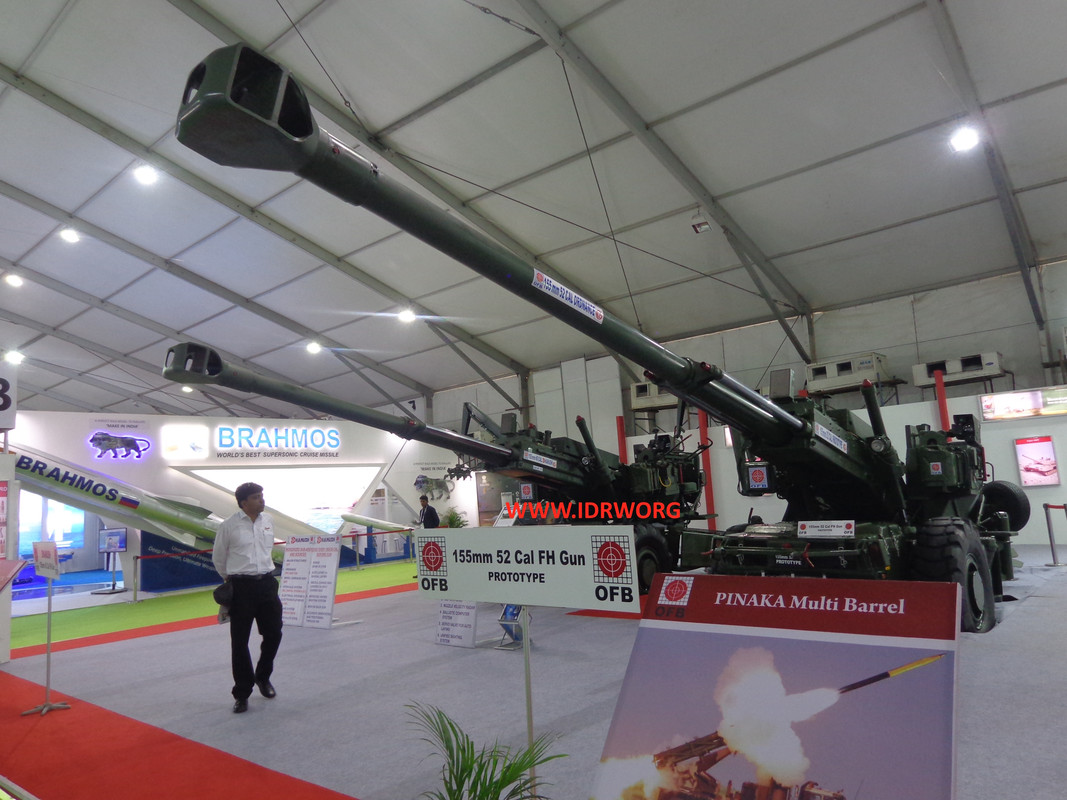
India’s Advanced Weapons and Equipment India Limited (AWEIL) has confidently entered the competition for the Indian Army’s Towed Gun System (TGS) program, claiming its upgraded Dhanush 155 mm/52 calibre towed howitzer surpasses all requirements and offers superior capabilities.
AWEIL officials also confirmed idrw.org that the Gun has completed proof firing and Internal testing and is ready for User demonstrations. when asked if the company could be able to compete in price since the Dhanush 155mmX45 Calibre Gun had a price of 14.50 unit while Certain Israeli companies have quoted 11 crores for their 52 calibres towed howitzer gun under the Make in India initiative, officials said that they can’t comment on Per unit cost but it will be considerable lower since initial orders are for 400 units.
Continue readingSOURCE: RAUNAK KUNDE / NEWS BEAT / IDRW.ORG

Tata Advanced Systems Limited (TASL) has achieved a remarkable milestone by developing India’s premier military-grade spy satellite, crafted entirely by the domestic private sector. This cutting-edge satellite is now primed for launch, having been prepared for deployment aboard a SpaceX rocket. With its unparalleled capabilities, the satellite boasts a spatial resolution of 0.5 meters, enabling precise and detailed imagery acquisition.
The creation of this groundbreaking satellite was made possible through a collaborative effort with Satellogic, a prominent Latin American company specializing in satellite technology. This partnership underscores India’s commitment to leveraging global expertise while promoting indigenous innovation in the field of space exploration and surveillance.
Continue readingSOURCE: RAUNAK KUNDE / NEWS BEAT / IDRW.ORG
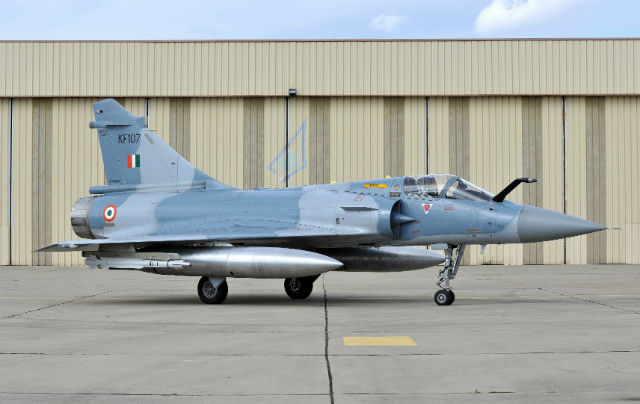
A decade after the ambitious project began, the Indian Air Force (IAF) is nearing the finish line in its Mirage 2000 upgrade program. The final upgraded aircraft is expected to be delivered by the end of this year, marking the completion of a project beset by delays and challenges.
In 2011, India signed a $2.5 billion contract with Dassault Aviation to upgrade 51 of its Mirage 2000 fighter jets. This comprehensive upgrade aimed to bolster the aircraft’s capabilities with new avionics, radars, communication systems, and more. Originally slated for completion in 2021, the project faced several setbacks.
Continue readingSOURCE: RAUNAK KUNDE / NEWS BEAT / IDRW.ORG
Greek Armed Forces are considering a potential upgrade for their RM-70 multiple rocket launchers, and Indian company Munitions India Limited (MIL) is in the running with a proposal to bring them up to the Pinaka standard.
The RM-70, a Czechoslovakian variant of the BM-21 Grad, has been a mainstay of the Greek military for decades. This powerful area-saturation rocket system packs a punch, but its capabilities can be further enhanced. It is not clear what Pinaka standard was mentioned in Greek media since BM-21 Grad is a 122mm Rocket and Pinaka is a 214 mm Rocket.
Continue readingSOURCE: RAUNAK KUNDE / NEWS BEAT / IDRW.ORG

The Indian Air Force’s (IAF) indigenously developed SAMAR air defence system grabbed attention during Exercise Vayushakti 24 with its distinct launch profile. This short-range system, designed to counter low-flying aerial threats like fighter jets, helicopters, and UAVs, exhibited several unique features during the exercise.
One of the most striking aspects of the SAMAR launch was its initial flat trajectory, mirroring the launch profile of an air-to-air missile fired from an aircraft. This is due to the system’s use of repurposed Vympel R-73E infrared-guided air-to-air missiles (AAMs) that retain their “off-boresight” capability. This means the missiles can be launched at targets not directly in front of the launcher, offering greater flexibility in engagement scenarios.
Continue readingSOURCE: RAUNAK KUNDE / NEWS BEAT / IDRW.ORG

The production of India’s indigenously developed Light Combat Aircraft (LCA) Tejas Mk1A might face a slowdown next year due to delays in the delivery of its engines, according to media reports. This news emerges amidst the IAF’s recent interest in acquiring additional Mk1A variants.
The General Electric (GE) F-404 engines, powering the Tejas Mk1A, were initially scheduled for delivery from August 2023 onwards. However, GE reports supply chain challenges as the reason for the delay and subsequent production stoppage. They assure that the issues have been resolved and deliveries will begin this year.
Continue readingSOURCE: RAUNAK KUNDE / NEWS BEAT / IDRW.ORG

The fate of India’s ambitious Advanced Medium Combat Aircraft (AMCA) program hangs in the balance as it awaits clearance from the Cabinet Committee on Security (CCS) for a staggering ?15,000 crore budget. While the program aims for complete indigenous development, the question of how to involve the private sector remains a key point of contention.
Initial plans for a private-sector consortium to collaborate on the AMCA program seem to have hit a snag. Many Indian aerospace companies expressed reluctance due to factors like lack of experience, high investment with uncertain returns, and the complexity of managing multiple stakeholders.
Continue readingSOURCE: RAUNAK KUNDE / NEWS BEAT / IDRW.ORG

The Indian Army has set its sights on significantly bolstering its artillery capabilities with plans to procure not just the initially proposed 400 towed gun systems (TGS), but another staggering 800 units. These TGSs will become the backbone of the army’s towed howitzer regiments, offering crucial firepower across diverse terrains and conditions.
This procurement comes alongside the planned acquisition of 307 heavier, 18-ton Advanced Towed Artillery Gun System (ATAGS) units. However, the TGS, weighing below 15 tons, will offer greater operational flexibility, enabling deployment in India’s varied topographical landscapes.
Continue readingSOURCE: RAUNAK KUNDE / NEWS BEAT / IDRW.ORG

India’s quest for robust underwater deterrence takes a significant leap forward with the advancement of DRDO’s SLCM program. Promising diverse capabilities and extended ranges, this initiative aims to equip both conventional and nuclear submarines with powerful offensive punch.
Last year’s successful test of a torpedo-launched SLCM marked a crucial milestone. With a current range of 402 km, the missile is slated for further trials pushing its reach to 500 km and eventually achieving an impressive 800+ km. This initial iteration focuses on equipping older diesel submarines, demonstrating DRDO’s commitment to enhancing legacy platforms.
Continue readingSOURCE: RAUNAK KUNDE / NEWS BEAT / IDRW.ORG

India’s Defence Research and Development Organisation (DRDO) has announced a critical milestone in its air defence capabilities with the successful completion of developmental trials for the New Generation Akash (Akash-NG) missile system. This successor to the existing Akash system promises improved performance and versatility, further bolstering India’s air defence against aerial threats.
First tested in 1990, the Akash missile system has served as a mainstay in India’s air defence arsenal for over two decades. However, technological advancements necessitated an upgrade. The Akash-NG sheds weight, replacing the older Ramjet propulsion with a more efficient Dual Pulse Rocket motor. This not only reduces its weight from 720kg to 350kg but also enhances its manoeuvrability and agility.
Continue readingSOURCE: RAUNAK KUNDE / NEWS BEAT / IDRW.ORG
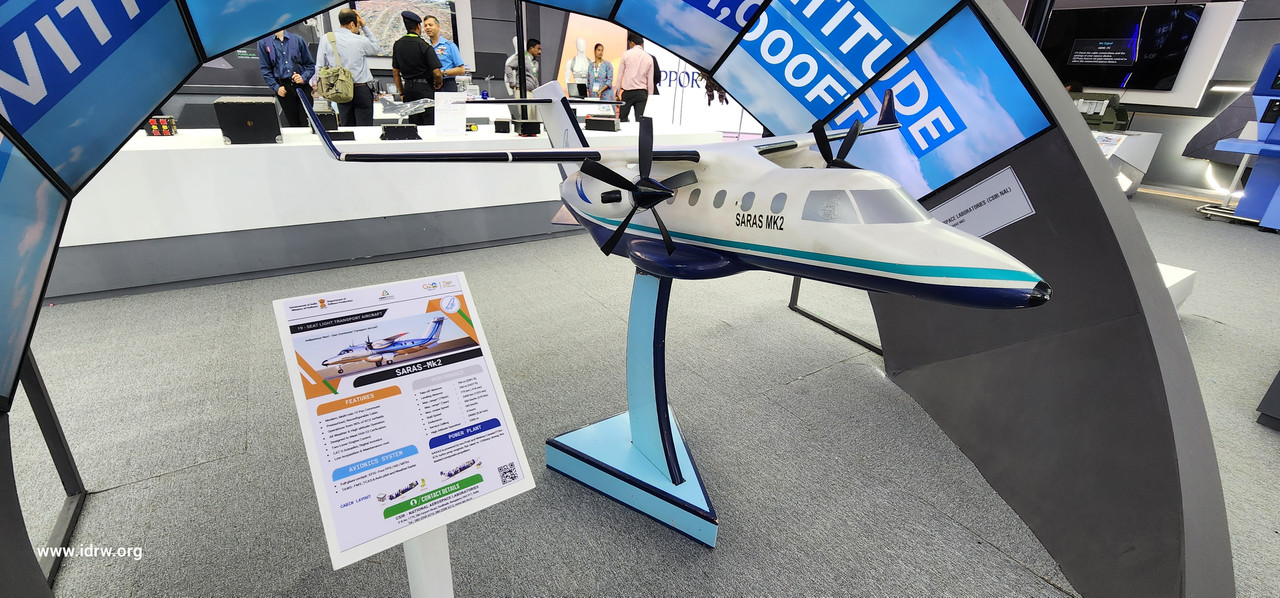
C.B. Ananthakrishnan, Chairman and Managing Director of Hindustan Aeronautics Ltd (HAL), has announced significant progress in the development of the SARAS Mk II, a 19-seater indigenous aircraft program. This exciting project, a collaboration between HAL and the National Aerospace Laboratories (NAL), is poised to take to the skies with its maiden flight anticipated by the end of 2026.
The focus is currently on constructing two prototypes, with the possibility of a third being considered to expedite the certification process. This reflects the commitment of both HAL and NAL to bring this innovative aircraft to life.
Continue readingSOURCE: RAUNAK KUNDE / NEWS BEAT / IDRW.ORG

Dassault Aviation’s Rafale fighter jet faces a surge in demand, with its production backlog reaching an impressive 228 aircraft. This presents both exciting opportunities and significant challenges for the French manufacturer.
Despite aiming for 15 Rafales in 2023, Dassault only delivered 13. This gap widens with recent orders from Indonesia (18 aircraft), France (42 aircraft), and potential future orders from India (27 aircraft). Deliveries between 2026 and 2033 need to fulfil commitments to France, Indonesia, UAE, and Egypt, totalling 174 aircraft.
Continue readingSOURCE: RAUNAK KUNDE / NEWS BEAT / IDRW.ORG
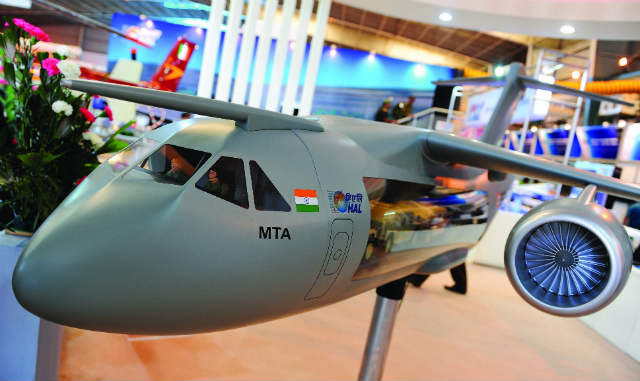
The Indian Air Force’s (IAF) quest for a Medium Transport Aircraft (MTA) takes an interesting turn as HAL too wants to throw its hat in the ring, offering to design and build a 30-ton payload-carrying transporter in collaboration with an international OEM. This comes amidst increasing competition from global players and ongoing deliberations within the IAF about its desired capabilities for the MTA.
A HAL official, speaking to idrw.org, expressed the company’s confidence in its capabilities. They highlighted the ability to co-develop a 30-ton payload-carrying aircraft with an international partner, ensuring “Make in India” execution and retaining intellectual property rights (IPR) within the country. This proposal comes after the failed joint venture with Russia in 2017, leaving the IAF without a clear path forward.
Continue readingSOURCE: RAUNAK KUNDE / NEWS BEAT / IDRW.ORG
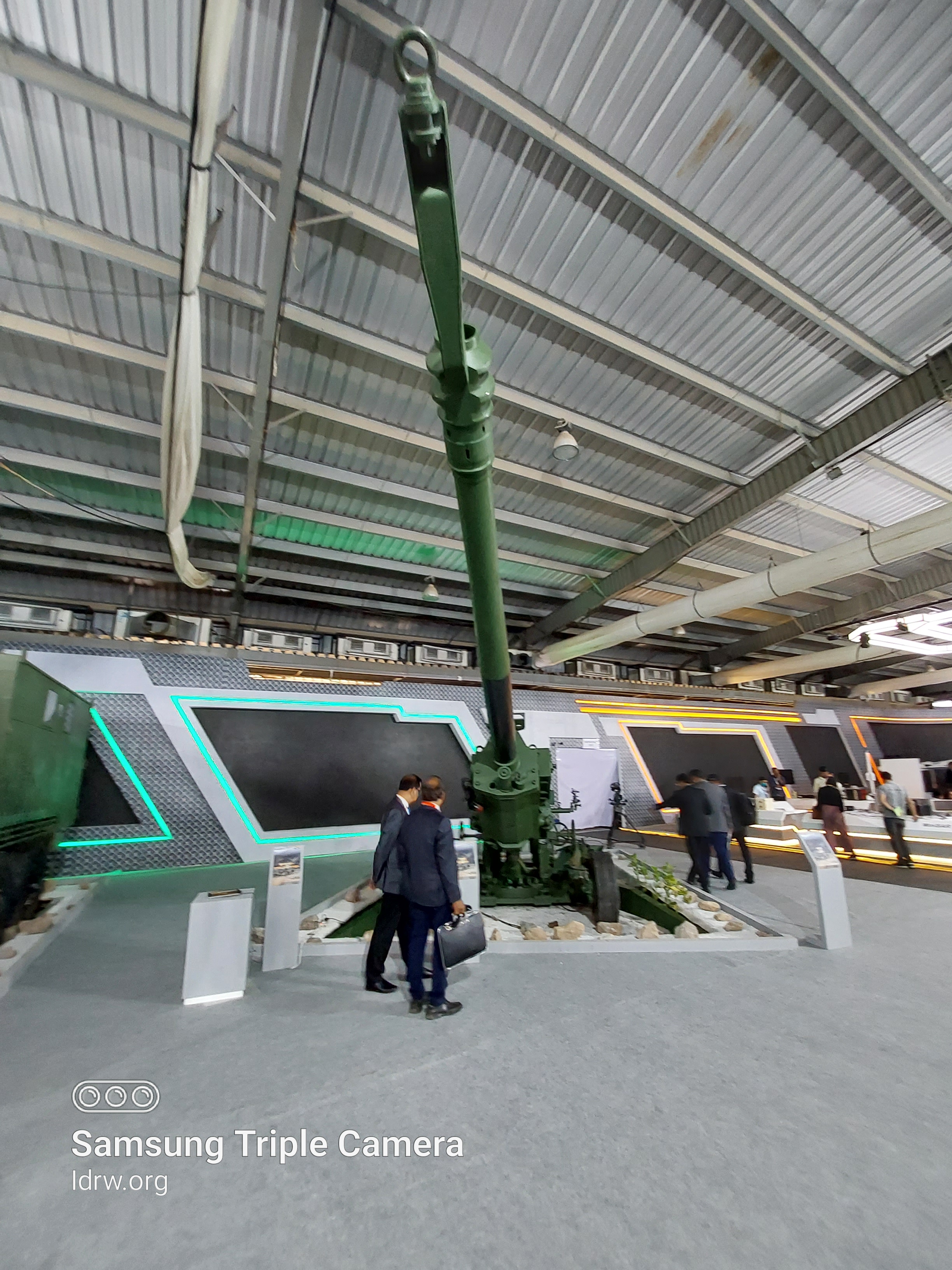
The Indian Army’s quest for a modern towed gun system (TGS) has attracted a diverse range of contenders, including Kalyani Strategic Systems Limited’s (KSSL) 155mm/52 calibre ultra-light howitzer (ULH) named Mountain Artillery Gun-Extended Range (MArG-ER). While its lightweight design (under 8 tons) and impressive firing range (41 km) make it a viable option, it faces challenges from competitors offering more advanced features.
The Army’s Request for Information (RFI) doesn’t explicitly mention crucial aspects like Automatic Ammunition Load Assist Systems (ALAS) and steer-by-wire control systems for self-propelled capabilities. These features, however, are considered essential for modern howitzers, and their absence puts the MArG-ER at a disadvantage.
Continue readingSOURCE: RAUNAK KUNDE / NEWS BEAT / IDRW.ORG

The C-17 Globemaster III, a beloved workhorse of military transport, may see a second life. At the World Defense Show in Saudi Arabia, Boeing’s vice president Torbjorn Sjogren revealed renewed interest from existing operators in purchasing more C-17s if production resumes.
In 2013, faced with a lack of orders, Boeing made the difficult decision to end C-17 production. This news was met with disappointment from many air forces around the world, including the Indian Air Force (IAF), which is the second-largest C-17 operator after the US Air Force.
Continue reading